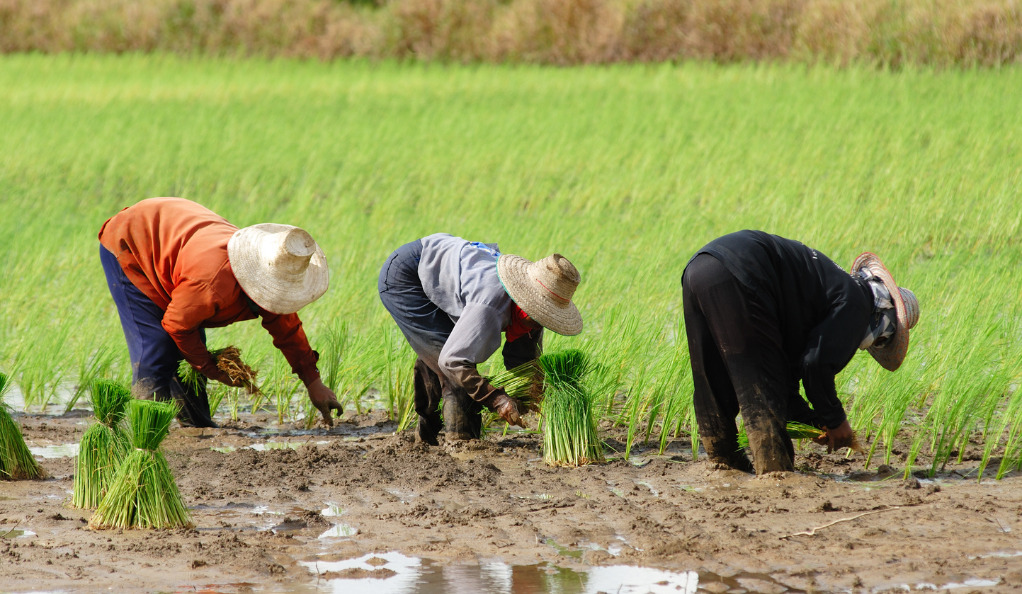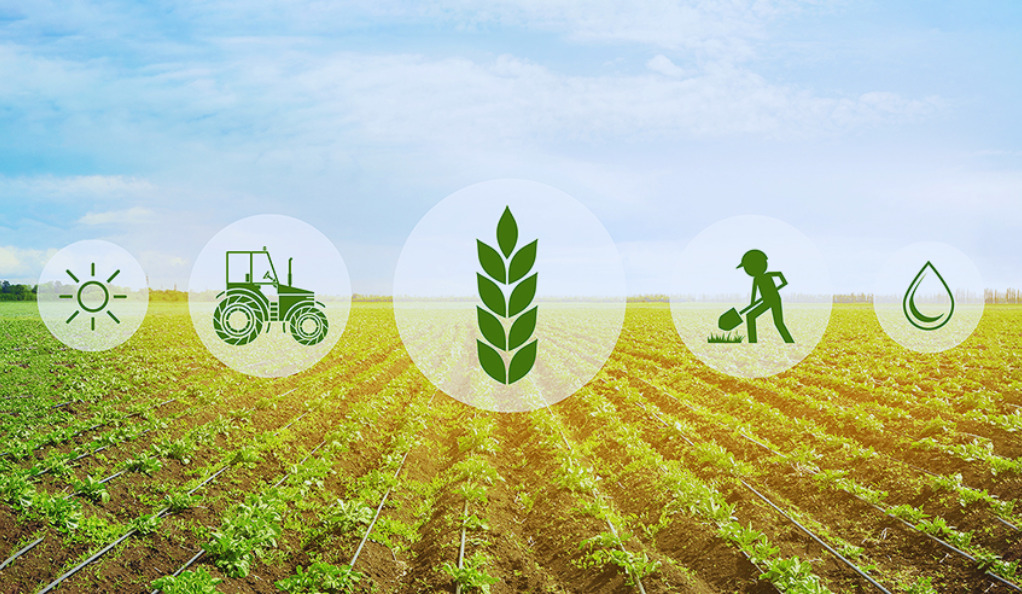The Evolution of Farm Loans: A Historical Overview
Agriculture has been the backbone of human civilization for millennia. To ensure the growth and success of farming, financial support has played an essential role. Farm loans, which provide farmers with the necessary funds to invest in seeds, equipment, land, and other resources, have evolved significantly over time. This article delves into the historical journey of farm loans, highlighting the transformation from rudimentary bartering systems to modern digital lending platforms.
Early Farming Practices and Informal Lending

In ancient times, when organized financial systems were absent, farmers relied on bartering to meet their needs. Communities traded goods and services, creating an informal system of lending where surplus crops were exchanged for tools or labor. This practice laid the foundation for mutual cooperation and support among farmers.
The Emergence of Formal Agricultural Credit
As societies progressed, so did the need for structured credit. In the 18th century, the Agricultural Revolution led to increased demand for capital investment in farming. Formal lending institutions, such as agricultural banks and cooperative credit societies, emerged to provide financial aid to farmers. These institutions marked the first step towards a systematic approach to agricultural credit.
Agricultural Revolution and Technological Influence
The 19th century witnessed significant advancements in agricultural technology. Mechanization and innovations in farming practices created a demand for larger investments. To meet this demand, agricultural credit expanded further, with banks offering loans for machinery and land improvement. This era saw the establishment of credit bureaus, enabling lenders to assess borrowers’ creditworthiness.
Government Intervention and Agricultural Policies

Governments recognized the pivotal role of agriculture in economic stability and food security. During the Great Depression, initiatives like the Farm Security Administration provided loans to struggling farmers. The 20th century brought forth agricultural policies and programs to enhance access to credit, such as the establishment of the Farm Credit System in the United States.
Diversification of Loan Products to Suit Farmers’ Needs
The latter half of the 20th century saw the diversification of farm loans to cater to various agricultural activities. Short-term loans for seasonal needs, medium-term loans for equipment purchases, and long-term loans for land acquisition became commonplace. This tailored approach improved the viability of farming operations.
Challenges Faced by Agricultural Lenders and Borrowers
Despite advancements, challenges persisted. Fluctuating commodity prices, unpredictable weather conditions, and changing market dynamics posed risks to both lenders and borrowers. Farmers needed more than just financial support; they required risk management strategies and assistance during unforeseen crises.
Modern Agricultural Finance: Technology and Beyond

The 21st century ushered in a digital revolution that transformed agricultural finance. Online platforms and mobile apps streamlined loan applications and disbursements. Fintech companies utilized data analytics to assess credit risk efficiently. Furthermore, blockchain technology emerged as a tool to enhance transparency in lending transactions.
Sustainable Agriculture and Specialized Loan Programs
With global concerns about sustainability, farmers began adopting eco-friendly practices. To support this shift, specialized loan programs for sustainable agriculture gained traction. These programs encouraged the adoption of organic farming, conservation efforts, and renewable energy integration on farms.
Future Trends in Farm Loans
As agriculture continues to adapt to a changing world, the future of farm loans holds exciting possibilities. Artificial intelligence could revolutionize credit risk assessment, while peer-to-peer lending might empower local farming communities. Moreover, the integration of fintech and agtech could enhance farm management practices and financial inclusivity.
Conclusion
The evolution of farm loans is a testament to the resilience and adaptability of both farmers and the financial industry. From humble bartering systems to sophisticated digital lending platforms, farm loans have been pivotal in nurturing agriculture’s growth. As we look toward the future, the synergy between technology, sustainability, and financial support promises to shape the next chapter in this historical journey.
FAQs
Farm loans are primarily designed to provide financial assistance to farmers for various needs, such as purchasing equipment, seeds, land, and managing operational expenses.
Modern farm loans leverage technology for streamlined application processes, quicker approvals, and personalized loan products, whereas traditional loans were often limited in scope and accessibility.
Yes, specialized loan programs cater to organic farming, offering financial support for practices that align with sustainability and environmental conservation.
Technology has transformed agricultural lending by facilitating online applications, data-driven risk assessments, and transparent transactions, ultimately improving efficiency and accessibility.
Farmers can enhance their loan eligibility by maintaining accurate financial records, demonstrating a viable business plan, and adopting sustainable practices that mitigate risks for lenders.
